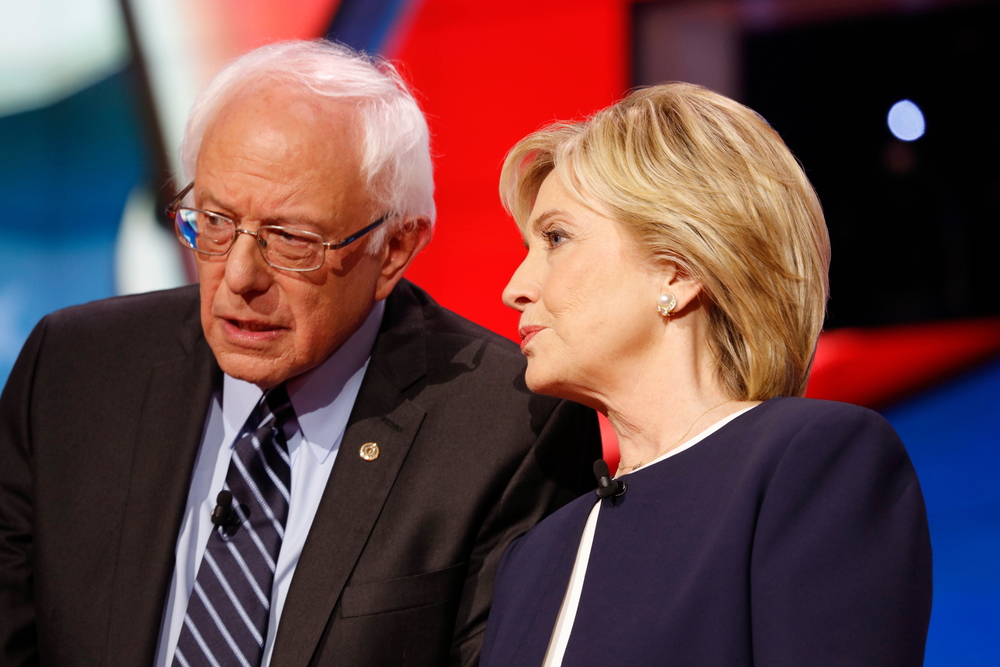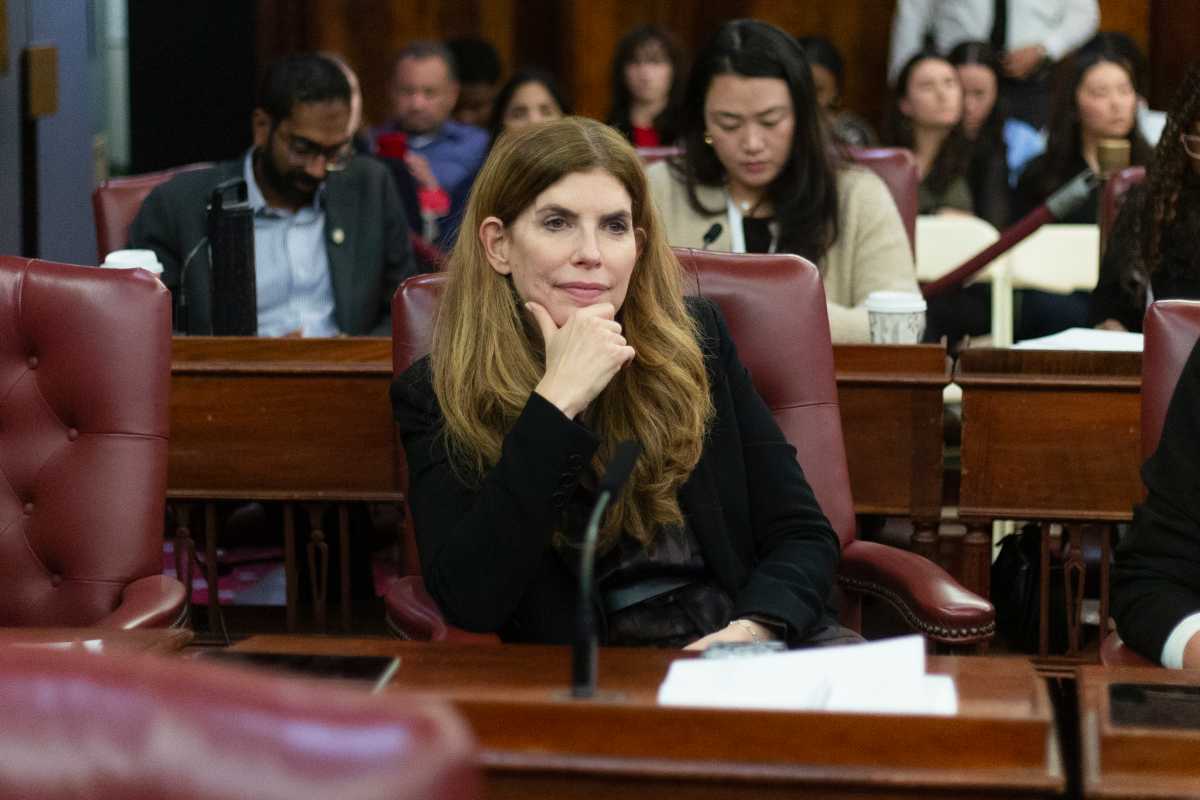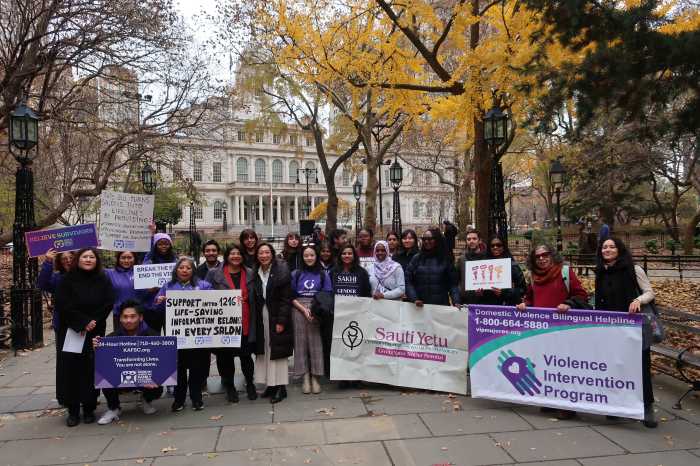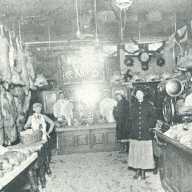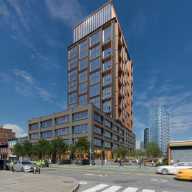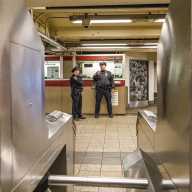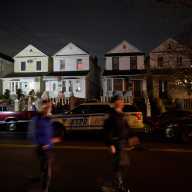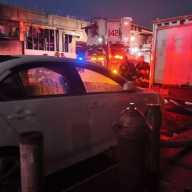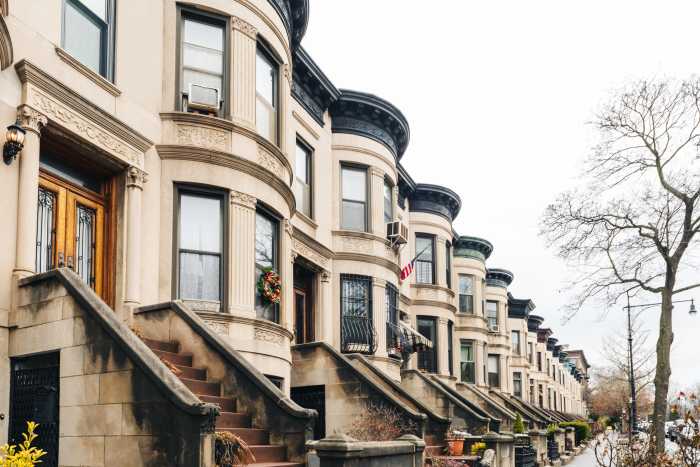The front-runners won over voters across Queens in Tuesday’s New York presidential primary.
On the Democratic side, former Secretary of State Hillary Clinton scored an easy victory in Queens over Vermont Senator Bernie Sanders, gaining more than 61 percent of the vote. Queens Republicans, meanwhile, turned out in droves to vote for billionaire celebrity Donald Trump, who secured more than two-thirds of the total votes cast.
Reports of problems at the polls in Queens and around the city — from broken machines to registered voters being mysteriously purged from the rolls — cast a shadow over the contest. Numerous voters, as was reported, had to cast their votes on affidavit ballots because Board of Election workers were unable to find their names listed as registered voters.
The Democratic contest statewide was really a tale of two New Yorks. Clinton won all five boroughs of New York City as well as suburban Nassau, Suffolk, Westchester and Rockland counties, and three largely urban counties upstate. Much of Sanders’ support came in upstate rural counties.
Locally, Clinton found her strongest support in southeast Queens, where she won at least two-thirds of the vote in neighborhoods such as Far Rockaway (3,053, 71.2 percent), Queens Village (4,311, 72 percent), South Ozone Park (3,768, 72.4 percent) and Cambria Heights (2,672, 76.4 percent). She also performed strongly in Corona and East Elmhurst. Support for Clinton in other neighborhoods of Queens ranged from 52 to 66 percent.
Sanders, meanwhile, did win several western Queens neighborhoods including Astoria (4,598, 53 percent), Maspeth (809, 52 percent), Middle Village (1,362, 53 percent), Glendale (1,085, 52 percent) and Ridgewood (2,627, 56 percent).
The Republican primary was no contest for the Queens-born Trump, who scored resounding victories in every corner of the borough. His biggest vote tallies in Queens were in Middle Village (1,288, 77.7 percent); Howard Beach (1,188, 84.3 percent); Forest Hills (1,136, 63 percent); Broad Channel and the western Rockaways (1,123, 72.9 percent); and Whitestone (958, 77.6 percent).
Only one of Trump’s two Republican rivals, Texas Senator Ted Cruz, claimed a majority of votes in a Queens neighborhood: Far Rockaway, where Cruz received 228 votes (53.4 percent). Trump won every county in New York State except, ironically, his home county of Manhattan, where Ohio Governor John Kasich pulled out a narrow victory among Republican voters.
The vote counts were reported by WNYC, which has a map detailing the results on its website.
As for the all-important delegate counts, The New York Times reported that Clinton won 139 delegates while Sanders secured 106. The remaining 46 Democratic delegates in New York state have yet to be awarded. Nationally, Clinton has 1,446 pledged delegates to Sanders’ 1,200 pledged delegates; counting the non-elected superdelegates (which favor Clinton by a 9-to-1 margin), Clinton has the support of 1,948 delegates compared to Sanders’ 1,238. The Democratic nominee must secure 2,383 delegates to win the nomination.
On the Republican side, Trump secured 89 delegates, while Kasich won 3. Trump now has 844 delegates, while Cruz has 543 and Kasich has 147. Trump needs 1,237 delegates to win the nomination outright.

